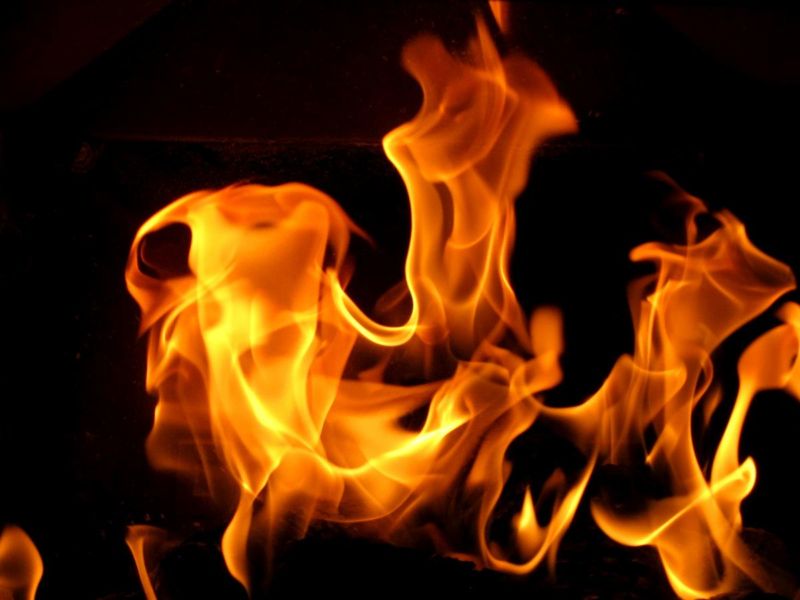-
 chevron_right
chevron_right
This 9,000-year-old skeleton is the oldest cremation in the Near East
Kiona N. Smith · news.movim.eu / ArsTechnica · Monday, 17 August, 2020 - 17:24 · 1 minute

Enlarge / Fire. (credit: Soreen D. / Flickr )
A cremation pit recently unearthed at Beisamoun, just north of the Sea of Galilee, contained the burned remains of a person who died sometime between 7013 and 6700 BCE (according to radiocarbon dating). The person's name and story are lost to us, but their remains are evidence of a drastic change not only in how people lived but in what they believed about life and death.
A time of change
The cremation dates to a time of social and cultural change in the region around what is now northern Israel. Around 7000 BCE, people abandoned many of the larger settlements in the region; the archaeological record shows homes and villages falling into disuse and disrepair. Until that time, people in villages like Beisamoun had often buried their dead in the floors of their homes. People evidently wanted to keep their ancestors and relatives close to the center of family life. At Beisamoun, people stuck around, but they started building in a lighter construction style and stopped burying dead relatives under the floor. It marked the end of a period that archaeologists working in the Levant call the Late Pre-Pottery Neolithic B, which is precise but not terribly catchy.
It’s no coincidence that the oldest evidence of cremation in the Near East dates from this same time of cultural and social change. “The way you handle the dead is directly connected to beliefs,” Fanny Bocquentin, an archaeologist at the French National Center for Scientific Research (CNRS), told Ars.
